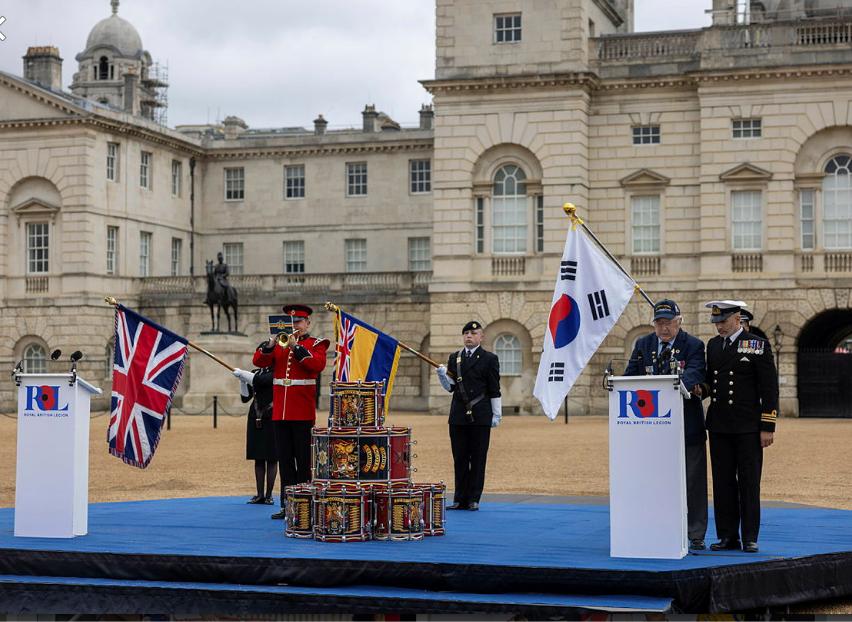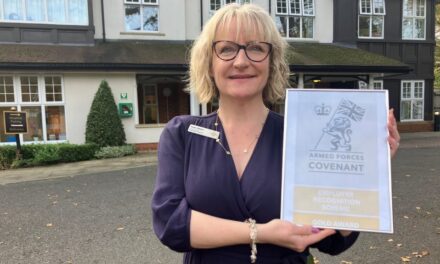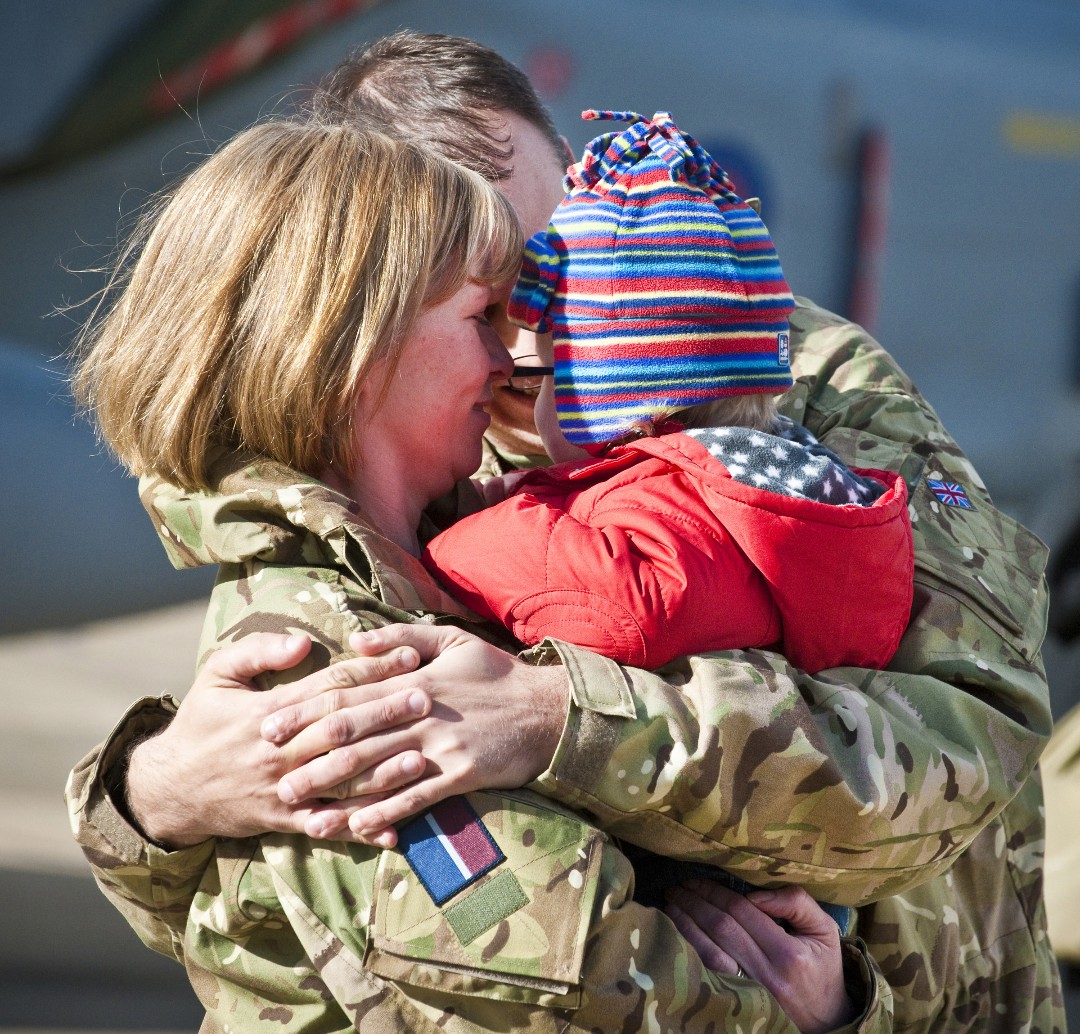The Oxford Dictionary of National Biography invites you to remember the lives of men and women who shaped the First World War and its aftermath on the 90th anniversary of Armistice…
Visitors to the Oxford DNB’s Armistice gallery will be able to read, for free, the life stories of 36 individuals arranged in six categories – Women and War; the Trenches; the Fallen; Empire; Land, Sea and Air, and Remembrance – reflecting different aspects of the 1914-18 conflict.
The gallery features the remarkable stories of front-line soldiers, sailors, and airmen such as William Coltman, the war’s most decorated other-rank soldier; Noel Chavasse, the only man to receive the Victoria Cross twice during the conflict; John Cornwell, the boy-hero of Jutland, and John Simpson Kirkpatrick, the ‘Man with the donkey’, who rescued injured troops at Gallipoli.
The gallery also features military strategists such as Gerald Boyd, commander of the forces that breached the Hindenberg line in September 1918 and so brought the war’s end in sight; nursing staff including Edith Cavell, executed by the Germans in 1915 and commemorated by a statue in St Martin’s Place, London; and writers such as Wilfred Owen, Vera Brittain, and the patriotic poet Jessie Pope who captured the differing attitudes to war.
At the centre of the gallery is the Oxford DNB’s ‘biography’ of the Unknown Warrior, an unidentified British soldier whose body was buried in Westminster Abbey on 11 November 1920 as a symbolic representative of the British and dominion servicemen who died in the Great War.
All lives included in the Oxford DNB Armistice feature:
The Trenches
William Harold Coltman, stretcher-bearer and the most decorated ‘other rank’ soldier of the war. He was awarded the Victoria Cross for rescuing men from no-man’s land in 1918; he sought no publicity and avoided a civic reception on his return home. He then worked as a corporation gardener in Burton upon Trent.
Ivor Gurney, composer and poet from Gloucester who enlisted in the army while still a student. Gurney’s letters and poems recall life in the trenches; his later songs and poems enjoyed popularity in the 1920s and celebrated his love of Gloucestershire.
Daniel Logan Laidlaw, piper of the King’s Own Scottish Borderers, who won lasting renown on the first morning of the battle of Loos (1915). When an attack stalled under heavy artillery fire, he scaled the parapets of the trench and piped the regimental march, despite incurring shrapnel wounds, inspiring his battalion to continue the assault. Laidlaw was awarded the Victoria Cross and, as the ‘Piper of Loos’ and enjoyed celebrity as a music-hall and film performer after the war.
David Watts Morgan, Rhondda miners’ leader who became the embodiment of patriotic labour in Wales. He enlisted as a private on the day that war was declared, rose to the rank of Lieutenant-Colonel, and was said to have recruited 15,000 Welsh miners for military service.
Willie Redmond an Irish nationalist who threw himself behind the war effort and, at the age of 54, enlisted as a captain in the 6th Royal Irish regiment of the 16th (Irish) division.
{mospagebreak}
The Fallen
Raymond Asquith, son of the former Liberal prime minister H.H. Asquith, who fought at the Somme (1916) and was killed several months later
Albert Ball, airman born on Lenton Boulevard, Nottingham, whose successes provided inspiration for and raised the morale of the Royal Flying Corp, especially after their appalling losses during the ‘Bloody April’ of 1916. He died when his plane crashed in France in 1917 and was honoured with a posthumous VC.
Noel Chavasse, medical officer and the only man to receive the Victoria Cross twice during the First World War. The first award recognized his bravery in saving the lives of 20 men under enemy fire; his second was made posthumously after he was killed at Ypres in 1917. His military headstone carries, uniquely, a representation of two Victoria crosses, and his medals are displayed at the Imperial War Museum, London.
John Travers Cornwell, boy-seaman, and the youngest recipient of the Victoria Cross (awarded posthumously), who died at the battle of Jutland, 1916.
Julian Grenfell, army officer and poet whose diary recorded daily life in the trenches. An entry records: ‘heard noise of bomb dropping on top of dug-out. Petrified. Lost self-control—lay still, clenching my hands, for 20 secs. Asked what it was. “Rum jar thrown away”’ (16 Feb 1915).
Theodore Hardy, army chaplain from Exeter who performed numerous remarkable acts of bravery in comforting dying soldiers during battle; he died a month before the war’s end and is remembered by a memorial in Carlisle Cathedral.
Thomas Hulme, philosopher and poet from Staffordshire who published a long series of ‘War notes’, some of which revolved round his opposition to the pacifists of the day, including Bertrand Russell. He was killed in action in September 1917.
Wilfred Owen, poet, now remembered as one of the most eloquent and impassioned commentators on the horrors of the western front.
The Empire
Alexander Godley, Kent-born officer who commanded Anzac forces at Gallipoli and in France; the slaughter he led his men to was described as ‘Godley’s abattoir’.
Mir Dast (India), a pathan from the North-West frontier of British India, serving in the Indian army. He was posted to France in 1915, fought with the Lahore division in the second battle of Ypres, when he saved the lives of eight British and Indian officers for which he was awarded the Victoria Cross. Twice wounded, he was sent for convalescence to Brighton, where the Regency pavilion was thought likely to appeal to Indian soldiers.
John Simpson Kirkpatrick (Australia, originally from South Shields), is known in Australia, where he is widely commemorated, as the ‘Man with the Donkey’ for his actions to rescue Anzac troops at Gallipoli, where he was killed in 1915.
John Monash (Australia), army officer and engineer who commanded the Australian Imperial Force on the western front: ‘I am Australian born…my whole interests and sympathies are British…in this horrible war…every man…must do his best for his country’ he told a pro-German relative living in the United States.
John Alexander Sinton, Canadian army officer who received the VC for actions in France. According to his citation: ‘though shot through both arms and through the side, he refused to go to hospital, and remained as long as daylight lasted, attending to his duties under very heavy fire.’ Later a distinguished malariologist, he is the only fellow of the Royal Society to have held the VC.
{mospagebreak}
Land, Sea, and Air
Gerald Farrell Boyd, was a prominent figure in bringing the war to an end. Boyd rose to temporary major-general after enlisting in 1895 as a private and was in command of the 46th division which achieved a remarkable feat of arms by crossing the St Quentin Canal (using lifebelts borrowed from channel steamers), to breach the Hindenburg line on 29 September. Boyd has been regarded as embodying ‘the “can-do” spirit of the army of 1918’.
John Charteris, army officer often portrayed as General Haig’s ‘evil counsellor’ for his overly optimistic assessments of the Germans’ low morale in 1917.
Reginald Hall, naval officer whose greatest coup was his handling of the Zimmerman telegram of January 1917—a decrypted communication sent from Berlin to the German embassy in Washington. This disclosed Germany’s intention to resume unrestricted submarine warfare in the Atlantic.
David Henderson, a leading figure in the development of air warfare and formation of the RAF in 1918. He was responsible for driving the development of air power from the early days of the air arm in 1911 to the formation of the combined service in 1918.
John Michael de Robeck, naval officer who led forces in the ill-fated Gallipoli campaign in April 1915.
Women at War
Edith Cavell, Norfolk-born nurse executed by the Germans in 1915, a shocking act which provoked outrage among the allies. She is commemorated by a statue in St Martin’s Place, London, which bears the inscription ‘Patriotism is not enough’.
Elsie Inglis, Edinburgh-based surgeon who served in Serbia and Russia.
Dame Elvira Mathews, naval officer in the newly formed Women’s Royal Naval Service, from 1917. She was later director of the WRNS.
Ethel Osborne, campaigner for women munitions workers in northern England.
Jessie Pope, patriotic poet whose much-read verse was notable for its doggerel urgings to enlistment and the glorification of combat, apparently oblivious to the horrors of the trenches. Her work attracted vilification and she was the critical dedicatee of Owen’s poem Dulce et Decorum Est Forgotten after the war, her contribution to the war effort is only now being reassessed.
Elizabeth T’Serclaes, ambulance driver and first aider; one of the two Women of Pervyse (where she based her medical outpost), she treated some 23,000 casualties in nearly four years at the front.
Muriel Thompson, volunteer ambulance driver and member of the FANY active during the German spring offensive of 1918.
Violet Thurstan, nursing officer who organized hospitals and field ambulance services in Belgium, and on the Russian and Salonika fronts. She receiving the Military Medal for evacuating the wounded from a dressing station which was under shell bombardment.
{mospagebreak}
Remembrance
John Stanhope Arkwright Hereford MP and landowner who wrote the remembrance hymn ‘O valiant hearts’ during the war. The hymn, first sung in Westminster Abbey in 1917, proved controversial for its likening of the allied war dead to knightly heroes, and compared their sacrifice to Christ at Calvary.
Laurence Binyon, poet whose verse For the Fallen includes the lines: ‘They shall grow not old, as we that are left grow old/Age shall not weary them, nor the years condemn’.
Vera Brittain, nurse, writer, and pacificist whose Testament of Youth provides one of the best-known statements on the personal suffering of women during the 1914-18 conflict.
Robert Lorimer, architect responsible for war memorials, including the Scottish national war memorial, Edinburgh.
Fabian Ware, founder of the Imperial War Graves Commission (1917). The commission’s task was to undertake the reburial of the fallen soldiers of Britain and its empire in permanent cemeteries.
The lives featured in this virtual exhibition, along with the dictionary’s 56,609 other subjects, are freely available online in almost all public libraries across Britain, with direct home access for library members.
The Oxford DNB, published by Oxford University Press, is updated online three times a year, in January, May, and October. The next online update of the Oxford DNB will be published in January 2009.
www.oxforddnb.com/public/armistice/
Freely available in almost all UK public libraries, with direct home access for library members

















